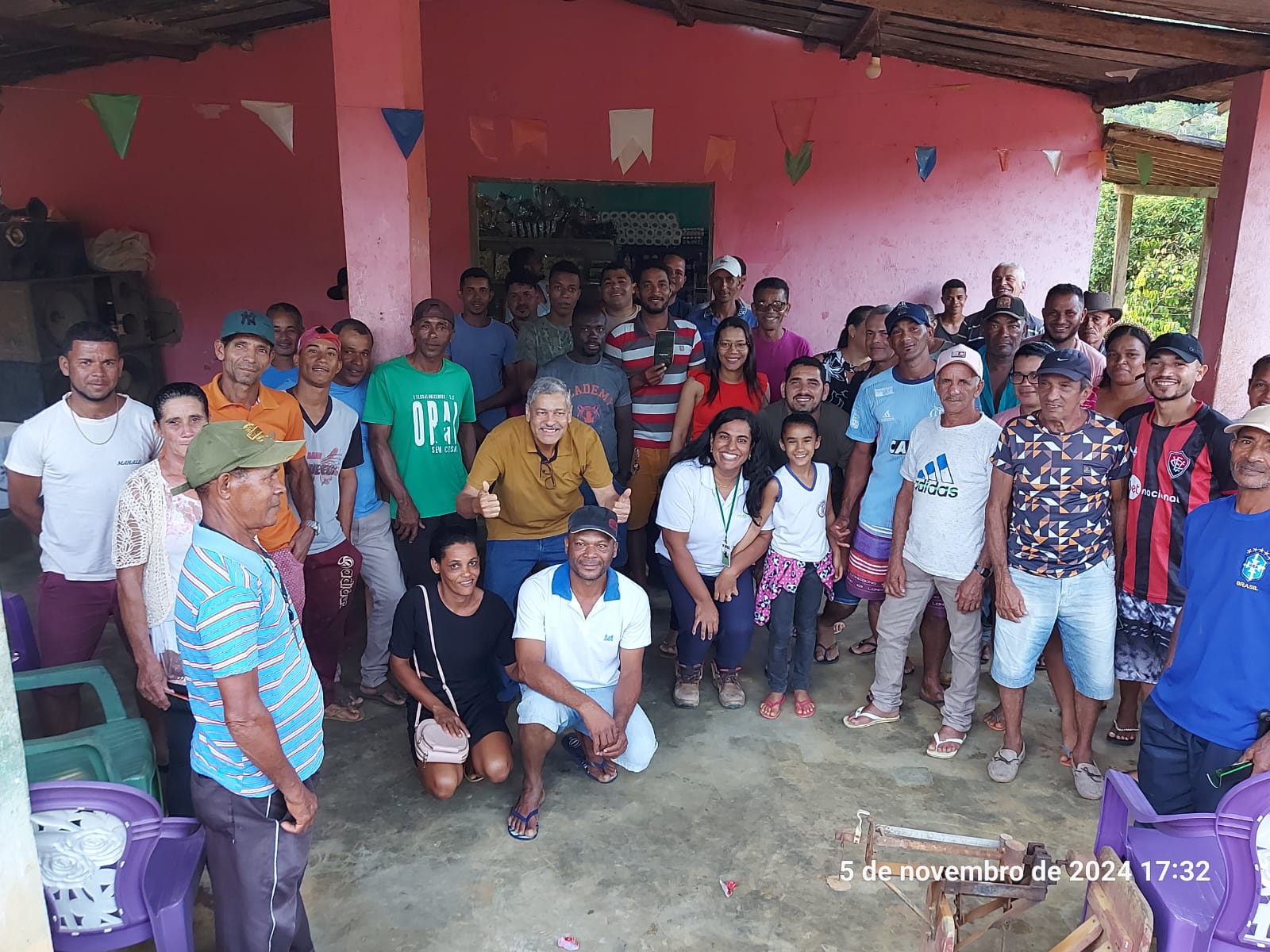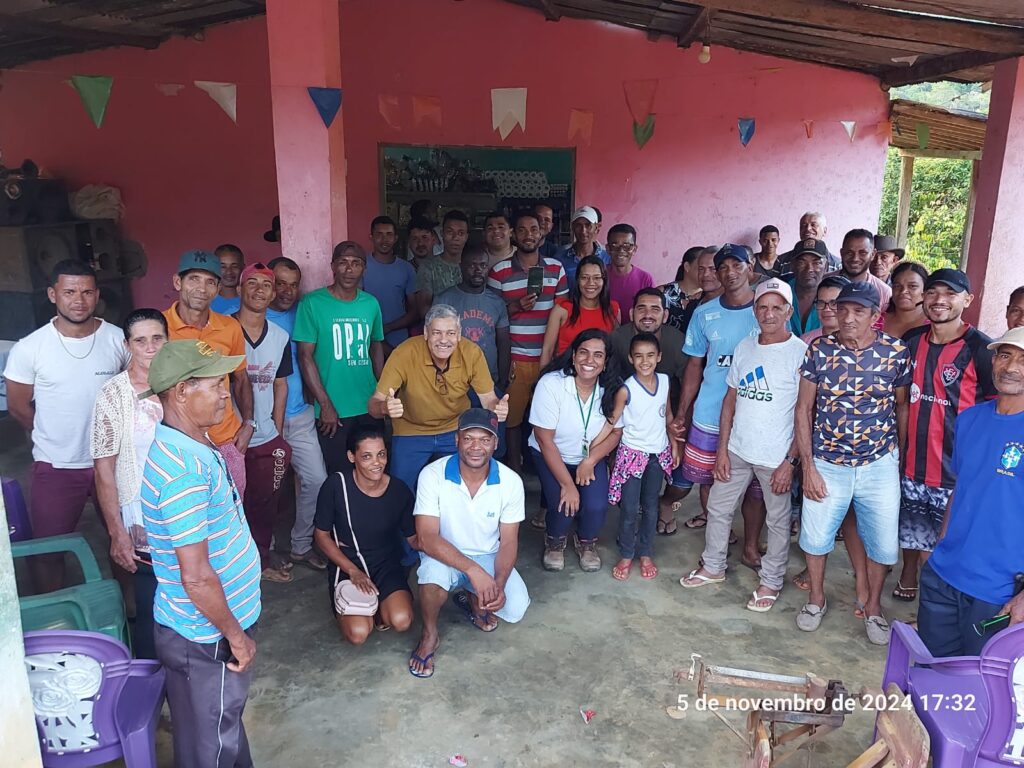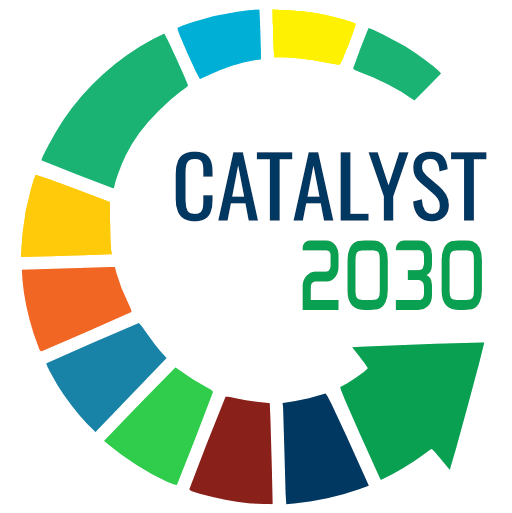Social Characterization: Muanza Farm

Raízes Sustainable Development was contracted to replicate re.green’s internal protocol and conduct field activities aimed at identifying, characterizing and consulting local stakeholders, as well as assessing socio-environmental risks related to the implementation of the project at Fazenda Muanza, located in the Southern Bahia mesoregion, state of Bahia, as part of the forest restoration project led by re.green.
Positive impact
Initially, the Snowball methodology was applied, a method that uses chains of reference, which is very effective for studying certain groups that are difficult to access. This approach consists of a process of permanent information gathering, based on the network of relationships of the subjects approached, which provide the researcher with a set of new potential contacts until a saturation point is reached.
Based on the contacts made with Bola de Neve, the methodology developed was a joint effort between Raízes and re.green, aimed at integrating the listening and consultation stages as an initial step to optimize results and ensure deadlines were met. This methodological model sought direct interaction with the actors involved, promoting a participatory approach that not only identifies local demands, but also sensitizes them with the institutional presentation of the project.
Based on the data and information collected, a stakeholder map was drawn up, a visual tool that makes it possible to identify, understand and categorize the particularities of each stakeholder and guide the strategic actions of re.green’s entry into the territory. This tool provides a structured process for identifying, analysing and prioritizing stakeholders, understanding their needs, expectations and levels of influence, as well as highlighting which points need attention. Due to the depth of the information obtained in the listening and consultation stages, the most appropriate way of analyzing the stakeholders in this project was the Heat Map.
The High Conservation Value (HCV) concept, first developed by the Forest Stewardship Council (FSC), was used as a reference to identify dependencies, focusing on the two dimensions related to social aspects:
- HCVA 5: Local people’s needs Areas that meet basic and vital needs for local communities, such as subsistence and health.
- HCVA 6: Cultural Importance Areas that present some attribute of cultural value of extreme importance, such as trails, places of prayer, ancient churches or cemeteries, archaeological sites and others.
Main results
Based on all the information gathered, the Risk Matrix was drawn up. This is a management tool used to identify, assess and prioritize the signs that could have an impact on a project’s objectives or execution. Its structure is based on organization into categories, describing the causes, possible impacts and response measures for each situation identified. This systematic approach helps to anticipate challenges and plan actions that minimize impacts, or even prevent risks from materializing. In essence, the risk matrix integrates elements such as the identification of potentially adverse events, the analysis of their consequences, the probability of occurrence and the definition of responses and contingency plans.
These surveys and the resulting analysis tools enabled Raízes to show the client the importance of understanding communities as an active part of building inclusive solutions. The engagement of these populations, combined with respect for the cultural, social and environmental values identified, can steer the balance between the project’s needs and local expectations.
External links
Do you identify with our purpose and believe that our services can help you and your organization achieve the impact you crave?
Receive our news by email
© Raízes Sustainable Development
Site by NaçãoDesign






